We may earn money or products from the companies mentioned in this post. This means if you click on the link and purchase the item, I will receive a small commission at no extra cost to you ... you're just helping re-supply our family's travel fund.
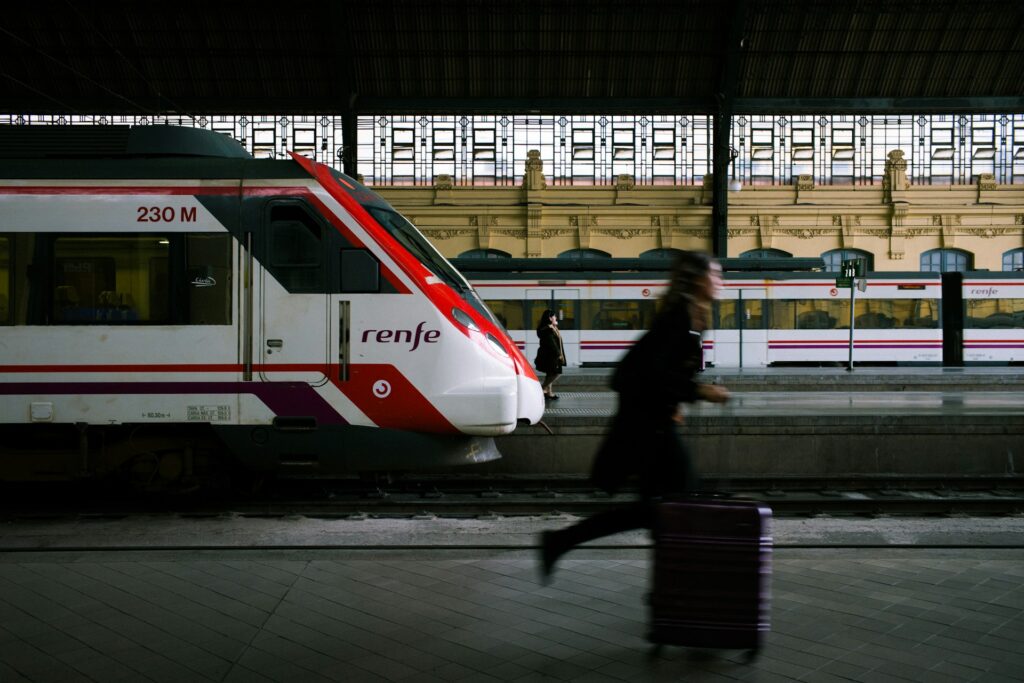
Sweeping countryside views, espresso-fueled departures, and an intricate rail web that stitches the country together—it all sounds idyllic. But behind the beauty lies a system that doesn’t always reward spontaneity or assumptions. First-time travelers—and even seasoned globetrotters—often stumble into the same traps, turning an easy ride into a logistical headache. Avoiding these nine common mistakes can mean the difference between a memorable trip and a maddening one.
Assuming Tickets Mean Assigned Seats
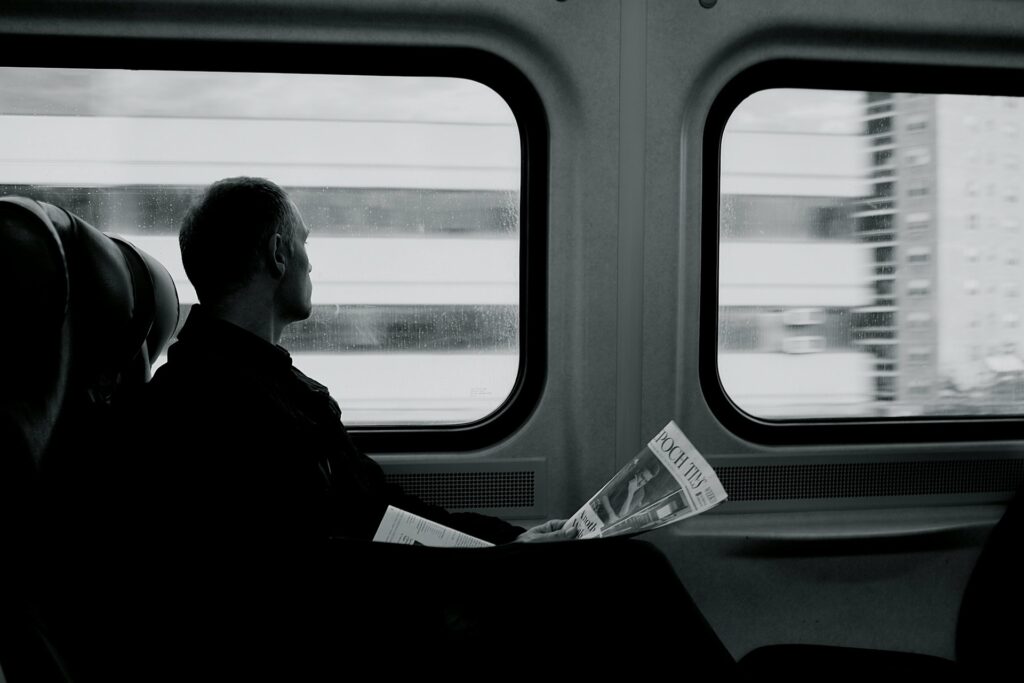
Don’t expect your train ticket to promise a seat—especially on regional lines. Many routes in Italy operate on a first-come, first-served basis. Travelers often assume their ticket includes a designated spot, only to end up standing in crowded aisles. Understanding which trains require seat reservations—and which don’t—can make your ride much more comfortable.
Not Validating Your Ticket
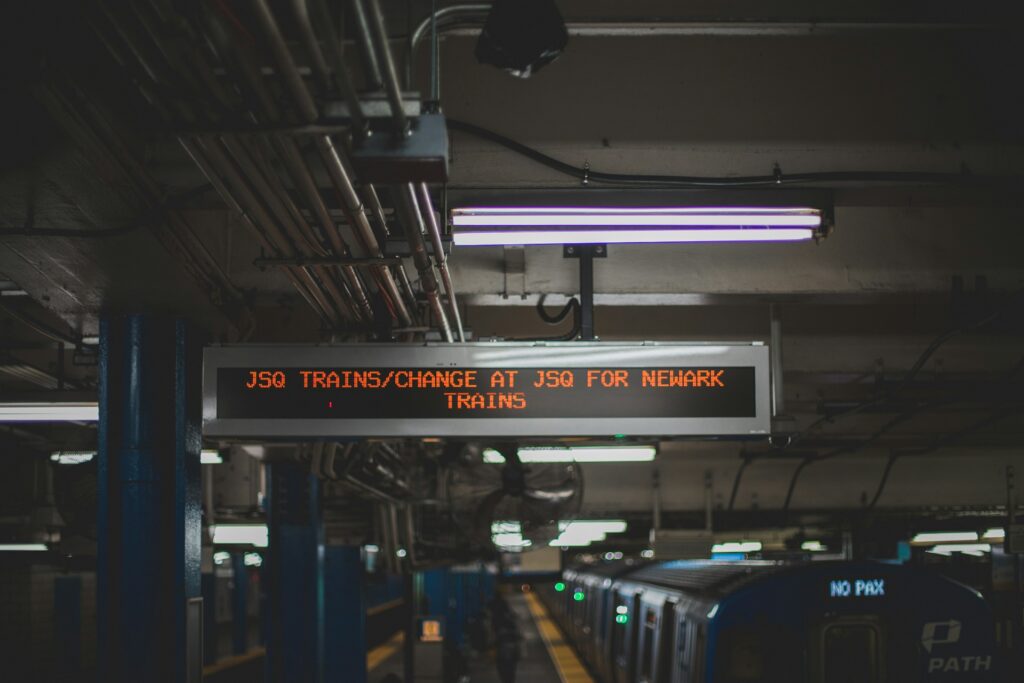
Paper train tickets in Italy need to be validated at machines before boarding. It’s a tiny detail that trips up thousands of tourists. Forgetting this step can lead to hefty fines—even if your ticket is otherwise legitimate. The little green or yellow boxes near platforms are easy to miss, but they’re essential.
Overlooking Strike Schedules

Italy’s rail workers strike with regularity—and often unpredictably. While some strikes are announced in advance, others can happen on the day. These disruptions may cancel trains or create massive delays. Keeping tabs on strike announcements or having a backup travel plan is crucial.
Booking the Wrong Train Type
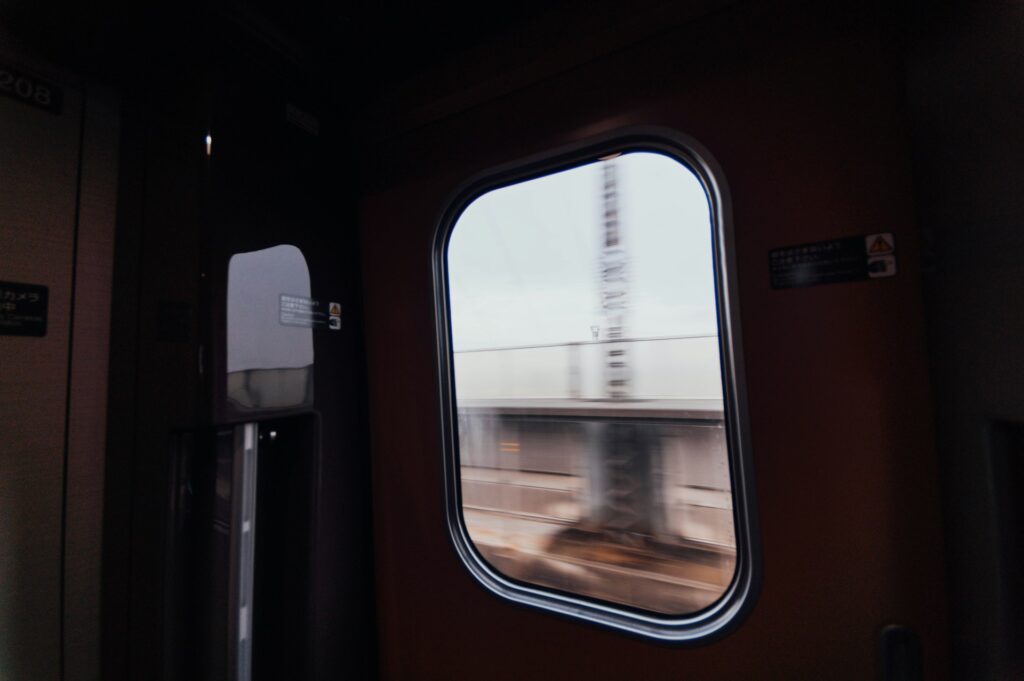
Regional trains are cheap but notoriously slow, while high-speed Frecciarossa trains are fast, reliable, and far pricier. Choosing the wrong type can cost you hours of vacation time. Know your priorities: time or budget. And be especially cautious in cities with multiple train stations, where signage may not always be clear.
Confusing Train Station Names
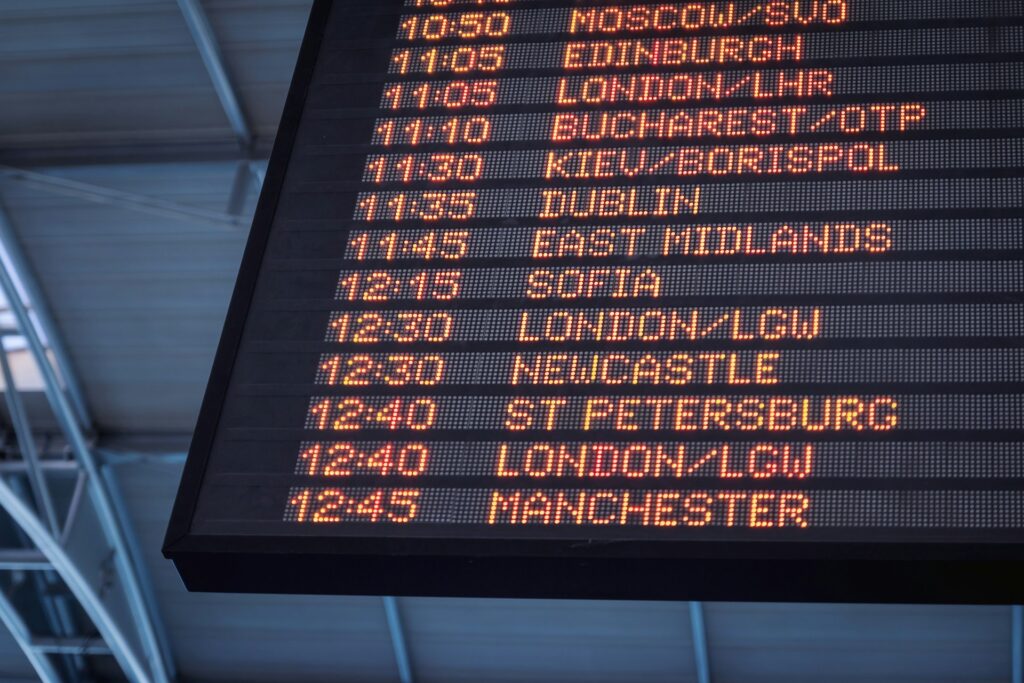
Rome’s Termini and Tiburtina stations serve very different parts of the city and different rail lines. Confusing station names or departing from the wrong hub is a common mistake that derails plans. Always double-check the departure and arrival stations printed on your ticket.
Expecting Onboard Help in English
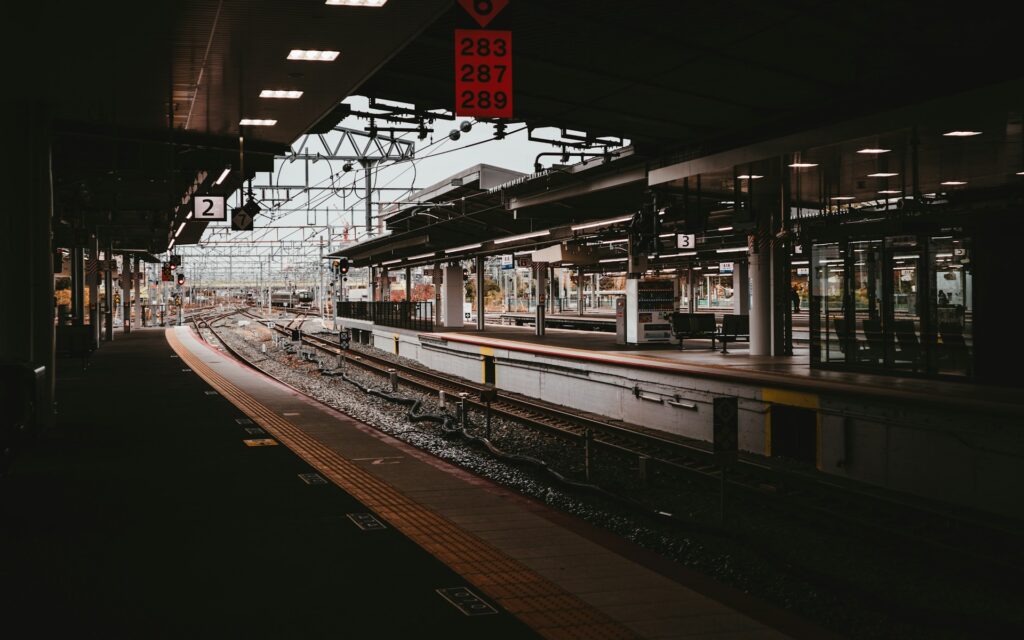
English isn’t widely spoken on Italy’s regional train lines. If you run into problems—be it ticketing confusion or a coach dispute—don’t expect an English-speaking conductor to rescue you. A translation app or a few Italian phrases go a long way in smoothing things over.
Ignoring Platform Changes
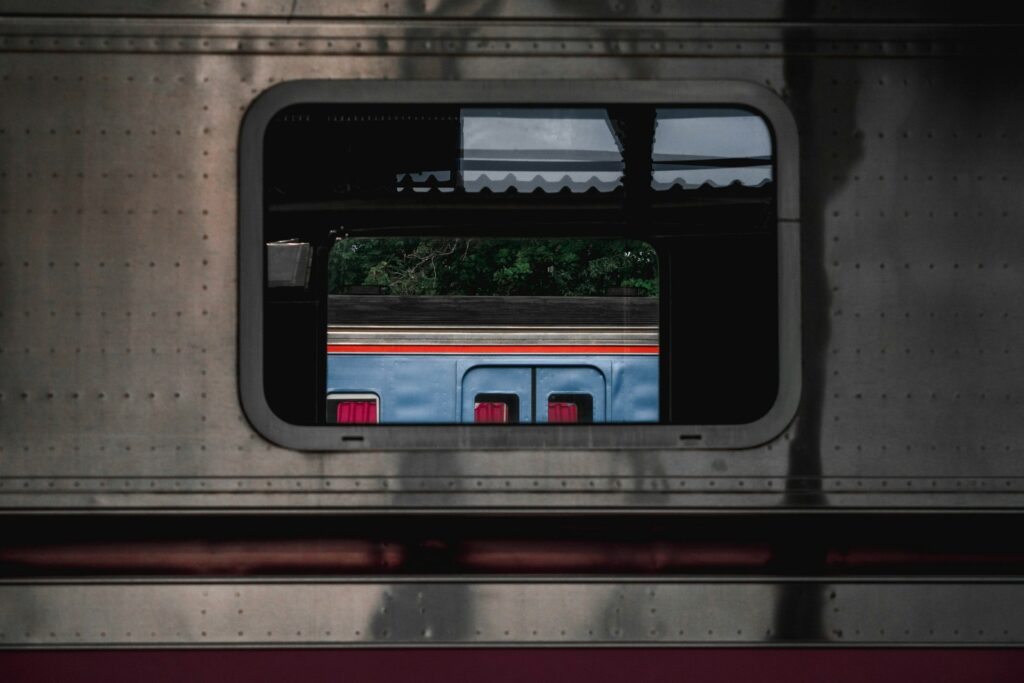
Trains in Italy often change platforms with little notice, and announcements are typically only in Italian. If you’re not paying close attention to the departure board, you may end up missing your train altogether. Stay near the platform screens and remain alert.
Failing to Validate Eurail Passes

Many tourists assume a Eurail pass is a golden ticket that grants entry to any train. But high-speed trains still require reservations, and passes often need validation before use. Skipping these steps can lead to denied boarding or penalties.
Traveling During Rush Hour
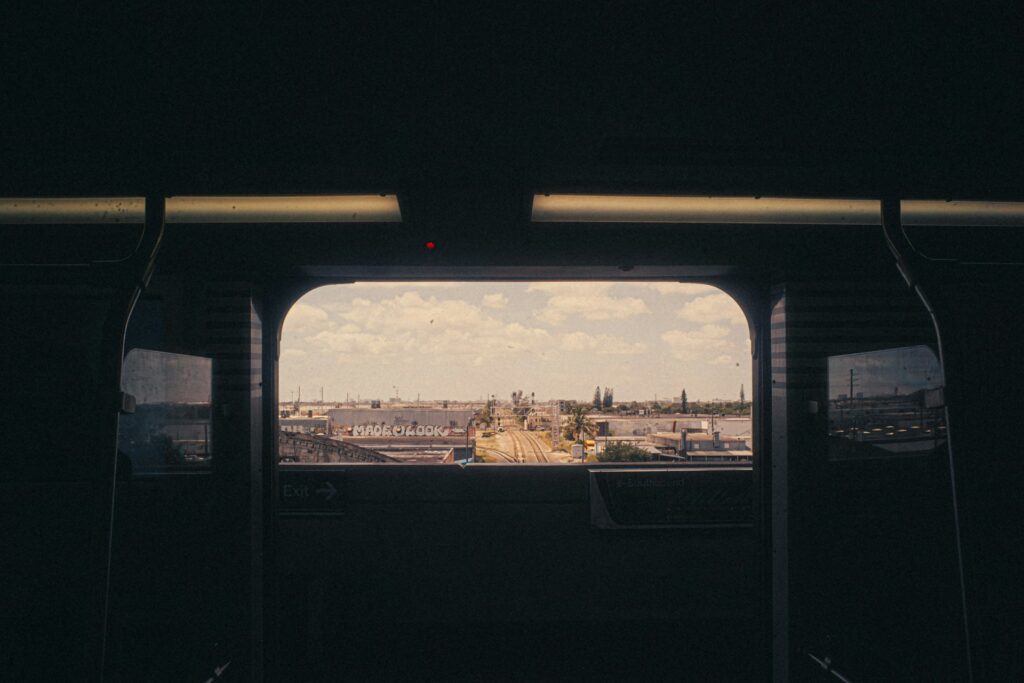
Avoid morning and early evening trains if you can, especially in urban hubs like Milan or Naples. These peak times are packed with commuters, meaning little space, no seating, and an overwhelming experience if you’re traveling with luggage or kids. Opt for midday departures for a more relaxed ride.